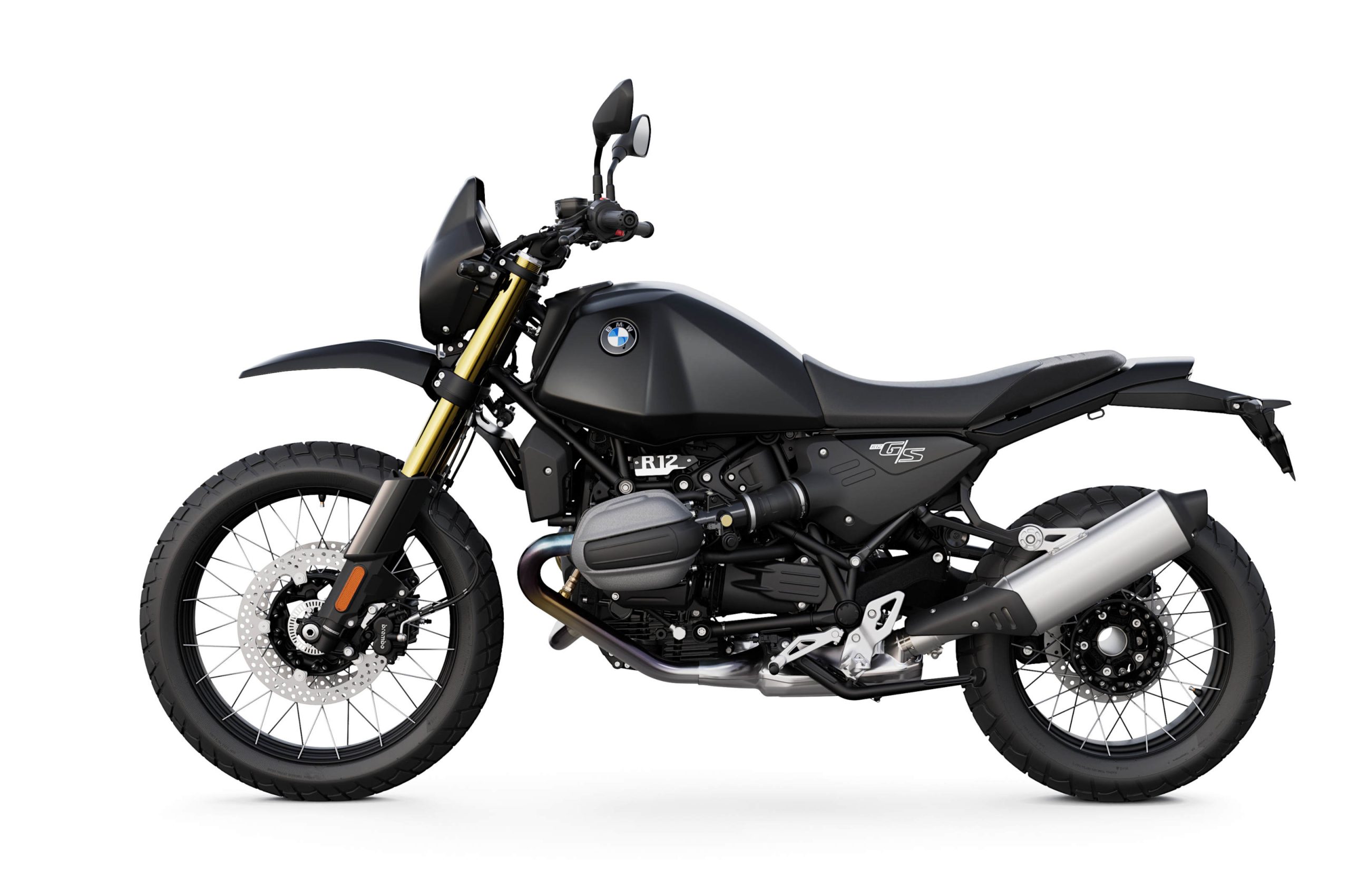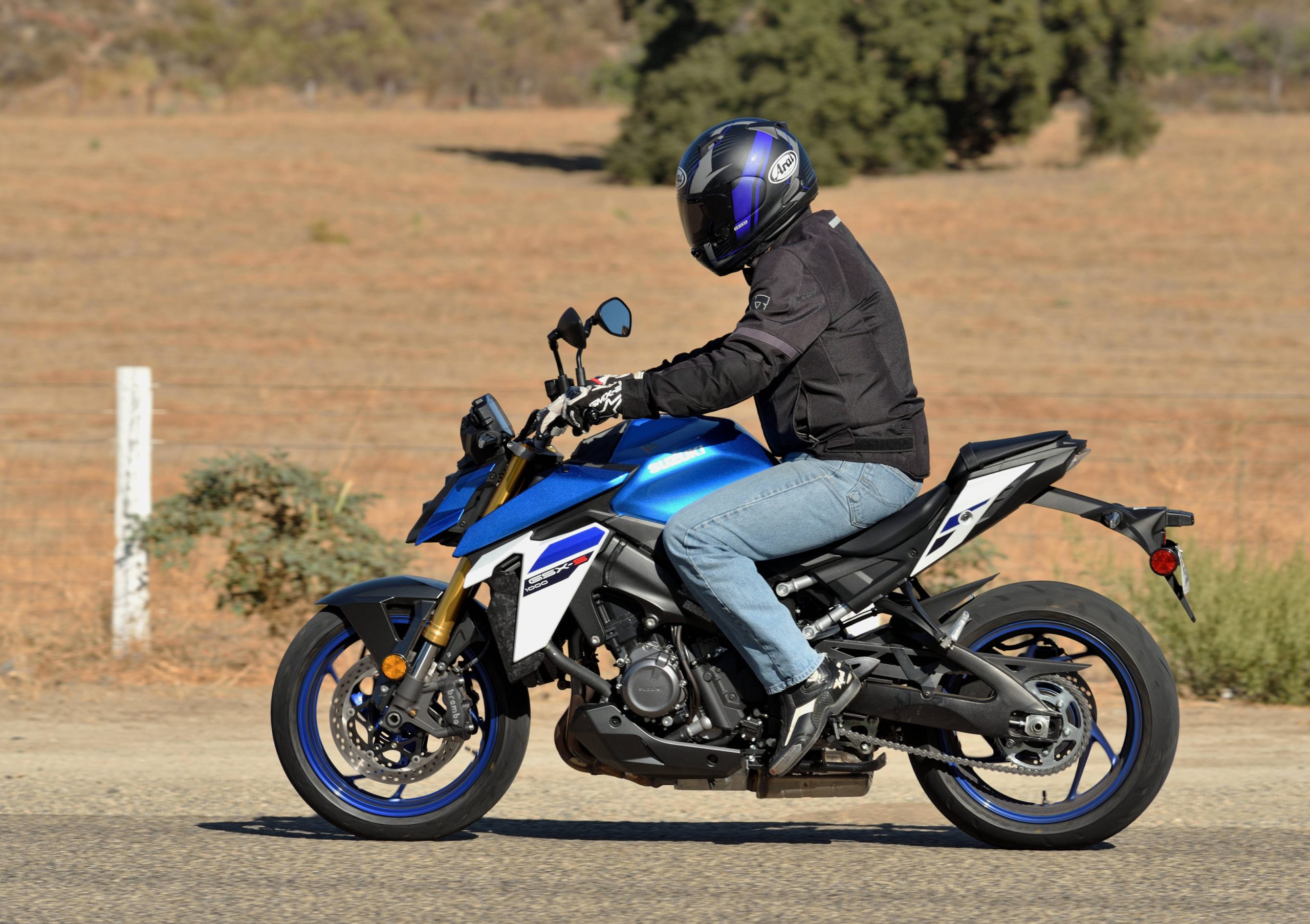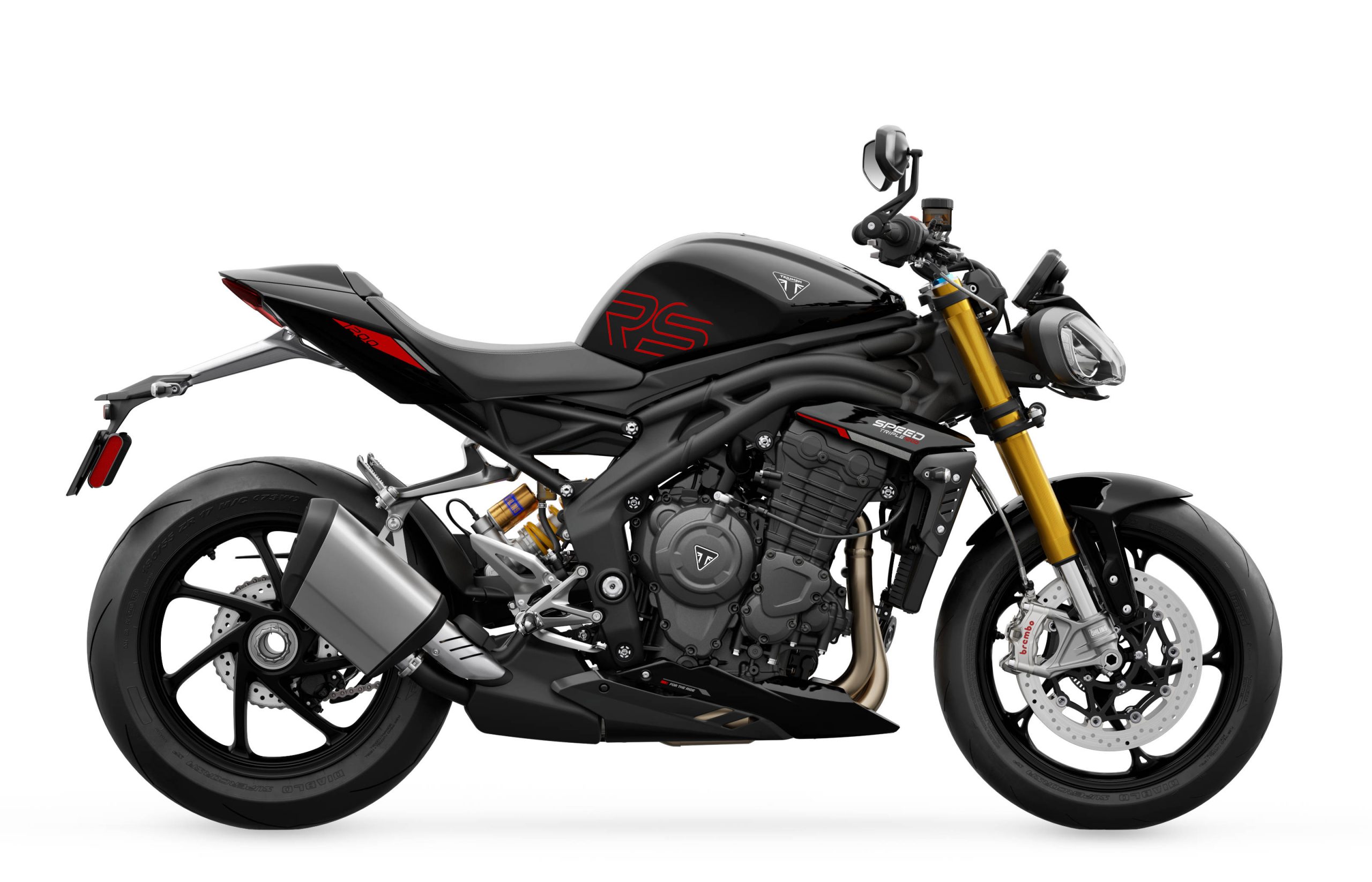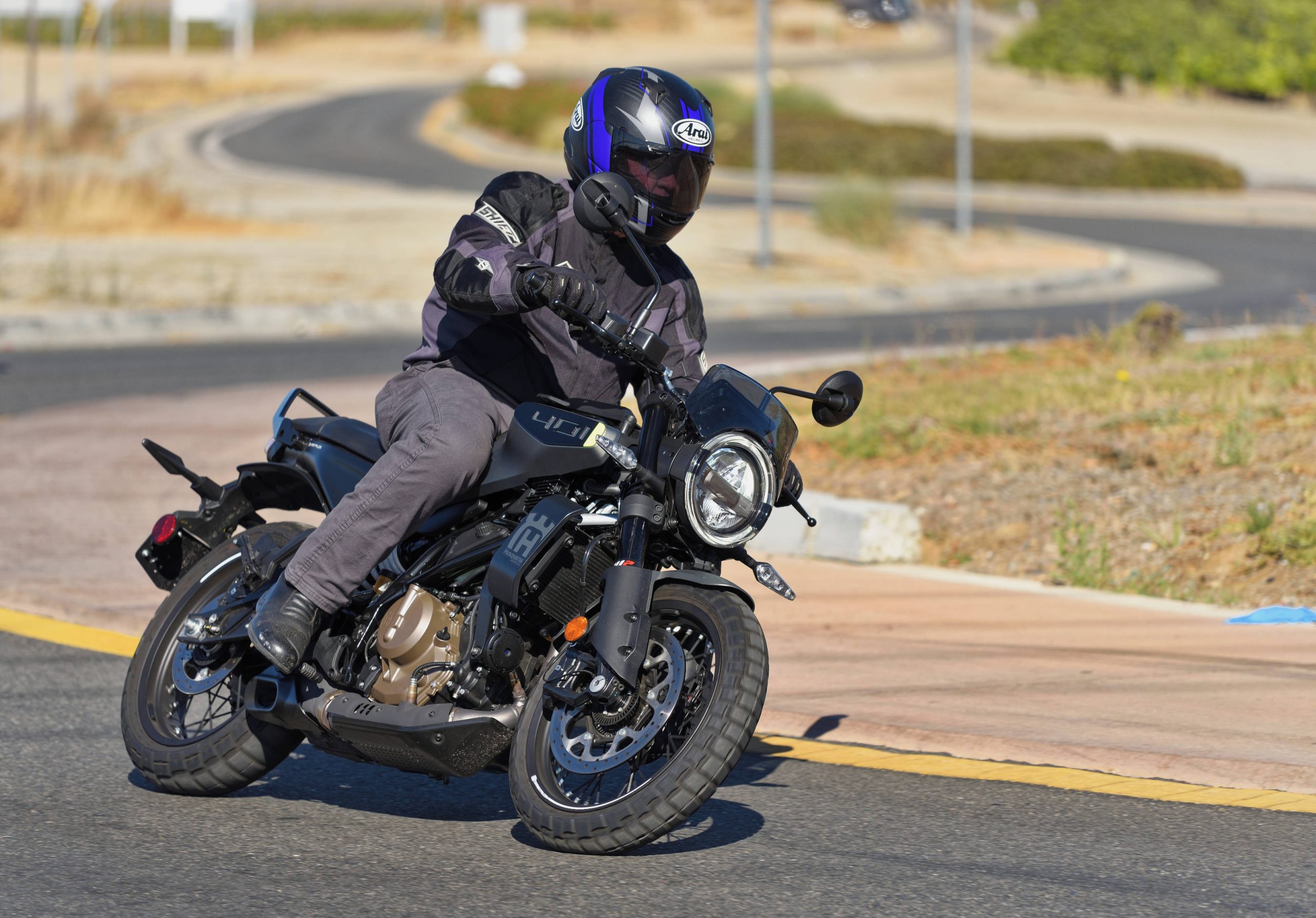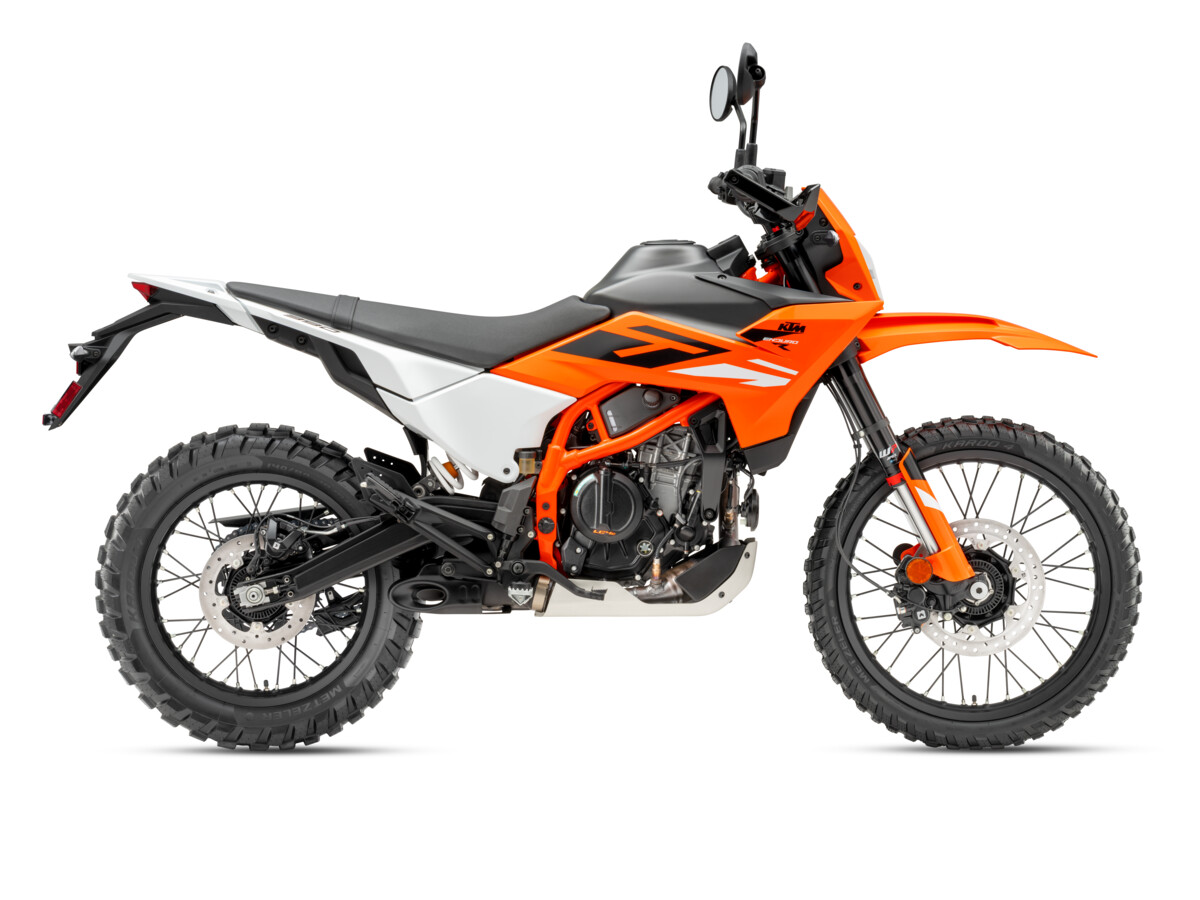MD received the following press release from American Suzuki Motor Corporation today. It provides some interesting information regarding the Suzuki/Kawasaki alliance, future, co-development of new models, and current product sharing by the two companies.
BREA, Calif. (May 24, 2002) – Suzuki’s alliance with Kawasaki will directly
benefit the Suzuki brand, growth rate, dealer network and expanding
customer base.That’s the theme of remarks by American Suzuki Motor Corporation (ASMC)
Vice President of Motorcycle/ATV Division Mel Harris, delivered recently to
replace erroneous and unconfirmed rumors with the reasons, benefits and
forecasts behind the unprecedented alliance.Suzuki Motor Corp. (SMC) of Hamamatsu, Japan announced plans in August 2001
to form an alliance with Kawasaki Heavy Industry Ltd., also based in Japan.According to Harris, the alliance will bolster current ASMC growth and
competitiveness.“ASMC provides products of superior value and considers its dealers vital
partners in the company’s current growth trend. Although Suzuki has had a
reputation for being a conservative company, we are becoming considerably
more aggressive.”Harris said ASMC’s retail sales have doubled in the last four years, during
which time Suzuki has produced many – if not the most – new and desired
high-volume models in the industry. The company has renewed its commitment
to the all-terrain vehicle (ATV) market with a completely new lineup of
QuadRunners and QuadSports. ASMC has also stepped-up its commitment to
racing by fielding more teams and winning more championships to elevate
Suzuki brand awareness both globally and in the customer’s mind.“We will remain an aggressive, independent marketer in the future as we
continue to make the Suzuki brand a very valued product,” emphasized Harris.Other details of the alliance released by Harris to Suzuki’s dealer network
include:1. Suzuki and Kawasaki will share certain production platforms (or OEM-
produced product). As an example, the DR-Z125 will be a KLX125 and a KX65
will be an RM65.2. Suzuki and Kawasaki will share parts sourcing, which will help both
independent companies remain competitive in the global marketplace.3. Suzuki and Kawasaki will co-develop future industry-leading motorcycle
and ATV models that will fill in product line gaps and create new sales
opportunities.Expanded 2003 Product Line
In product news, ASMC announced its 2003 off-road, competition, Dual SportT
and QuadRunner (QuadSport) lineup, which has been expanded thanks to the
addition of OEM models from Kawasaki. According to Harris, Suzuki dealers
can now complement their current lineup of RM85, RM85L, RM125 and RM250
competition models with the RM60, RM65 and RM100.On the off-road side, the addition of the DR-Z110 to Suzuki’s JR50, JR80,
(DR-Z110), DR-Z125/DR-Z125L, DR-Z250 and DR-Z400/DR-Z400E models means that
Suzuki can provide a vehicle to match any rider or riding ability.Suzuki also offers its most comprehensive ATV lineup ever. In 2001, the
company introduced the new LT-A50; the new Eiger series LT-F400, LT-F400F,
LT-A400 and LT-A400F; the award-winning Vinson LT-A500F; the award-winning
LT-F250 Ozark; and the chart-topping LT-Z400 QuadSport Z400. These new
units, coupled with the popular LT80, LT-F300F and LTF500F, give the
company a vastly improved breadth of QuadRunners for retail growth.For 2003, Suzuki announces the new LT160 and Vinson LT-F500F. “Because
Suzuki has enjoyed success in its ‘flagship’ lines GSX-R, Hayabusa, Katana,
Bandit, Intruder and Marauder, the resources have been available for
investment in quads and new motorcycles,” explained Harris.Unparalleled Competitiveness
Under the alliance, Suzuki will sell OEM product to Kawasaki, which will
market that product as Kawasaki models through the Kawasaki dealer network
– much the same as certain Kawasaki OEM models will be sold by Suzuki
dealers under the Suzuki brand. The result for Suzuki, according to Harris,
will be one of – if not the – most competitive vehicle lineups in the industry.“Suzuki will have more models for all types and skill levels of customers
— making the Suzuki dealership a true “one-stop shopping center.”Harris reiterated that remaining competitive is a primary objective of any
business and Suzuki is no exception. “Part sourcing will allow us to update
models with enhanced features and quality like never before.”“In addition, an increase in buying power should help with production
components and replacement parts, as well as help us counter the volatility
of currency with competitive pricing amid dollar/yen turmoil. Suzuki has
always had economies-of-scale opportunities for parts with autos, marine
outboards and motorcycles/ATVs,” explained Harris. “Now, with the addition
of the Kawasaki alliance, our buying power has been magnified to enable us
to secure the highest-quality parts at the most competitive prices. For the
Suzuki dealer, the result is more product updates and features than ever
before.”Harris explained that one of the most important benefits of the alliance is
the long-term co-development of new models. “More production and more parts
sourcing will lead to more new motorcycles and quads in the coming years.”The new joint effort between manufacturers, designers and engineers will
translate into more new products and major model updates realized in a
shorter time frame. Models involved in co-development include large
cruisers, motocrossers, off-road and larger-displacement scooters. In
addition, the alliance will enable Suzuki to realize the competitive
advantages of adding select models not currently available in its lineup –
a benefit that will be especially relevant in the 2004 product line and beyond.One area of dealer concern has been the future of Suzuki’s flagship
sportbike, the GSX-R. Harris assured dealers that they – and only they –
will sell Suzuki’s increasingly popular signature series.“No OEM collaboration on these sport models is part of the alliance. The
GSX-R series represents our best-selling, most prolific vehicles, and will
always be a key area of company excellence and dealer performance.
Likewise, many standard and on-road Suzuki models will remain 100 percent
Suzuki – forever maintaining Suzuki dealers’ status as the strongest
retailers in the industry.”Harris is quick to point out that Suzuki and Kawasaki will remain
competitors by maintaining separate dealer networks and by marketing the
brands separately. As an example, SuzukiFest and QuadFair will remain
Suzuki marketing tools, as will Suzuki Direct Finance.Replacement parts for the new OEM models for retail will come from Suzuki,
says Harris. Dealers will order OEM parts as part of their regular Suzuki
parts order. All OEM parts will be eligible to be used with all parts
allowance or return programs provided by Suzuki.Warranty on OEM units will be handled the same as Suzuki-produced units.
All normal warranty periods for units will be the same as comparable Suzuki
model current programs. Suzuki’s Flat Rate Manual will cover all models
since the 2003 book is produced and supplied for the upcoming season.FAQs
Q: Will a subsidiary company be established in the future?
A: Plans are to use the alliance for increased retail sales volume of each
model. There are no current plans for a spin-off subsidiary company or
combined brand.Q: Are there plans for unifying companies in the future?
A: There are no plans for unifying the two companies. The alliance has been
established to provide a competitive product lineup to make dealers
competitive.Q: Will the OEM product exchange cause a negative effect on the motorcycle
business, as customers have a strong personal preference?
A: With 30 to 40 percent of Suzuki volume being sportbikes, which aren’t
part of the alliance, OEM product with the Suzuki identity will remain
strong, as these are the “flagship” models. With more models, creating more
sales opportunities to keep customers on Suzuki products forever, there
will be a Suzuki for all riders and all skill levels.Q: Will racing activities be combined?
A: Suzuki will continue to race separately, as racing helps create a strong
brand image. Racing also helps develop new technologies that can be used in
future models.Q: With Motocross models being part of the co-development, will Suzuki
remain competitive against all other brands?
A: Motocross racing combines many factors besides the motorcycle itself.
Rider techniques, tuning of bikes and management of teams all contribute to
team success. Suzuki will remain competitive as racing is used to improve
brand image.Q: Will the companies advertise and promote together?
A: Both Suzuki and Kawasaki will have separate dealer networks as well as
separate marketing programs. Separate branding will remain a commitment of
each manufacturer.Q: Will the co-developed (or shared OEM) product offer only “color” (for
example, yellow or green for motocross) as the main differentiating factor?
A: Each company will offer specific product differences (i.e., shape of
fenders and placement of instruments, for example, in addition to the paint
and decals).“As the alliance continues to materialize, benefits will become more
apparent and will make Suzuki’s the most competitive and desired products
in the industry.” concluded Harris.

